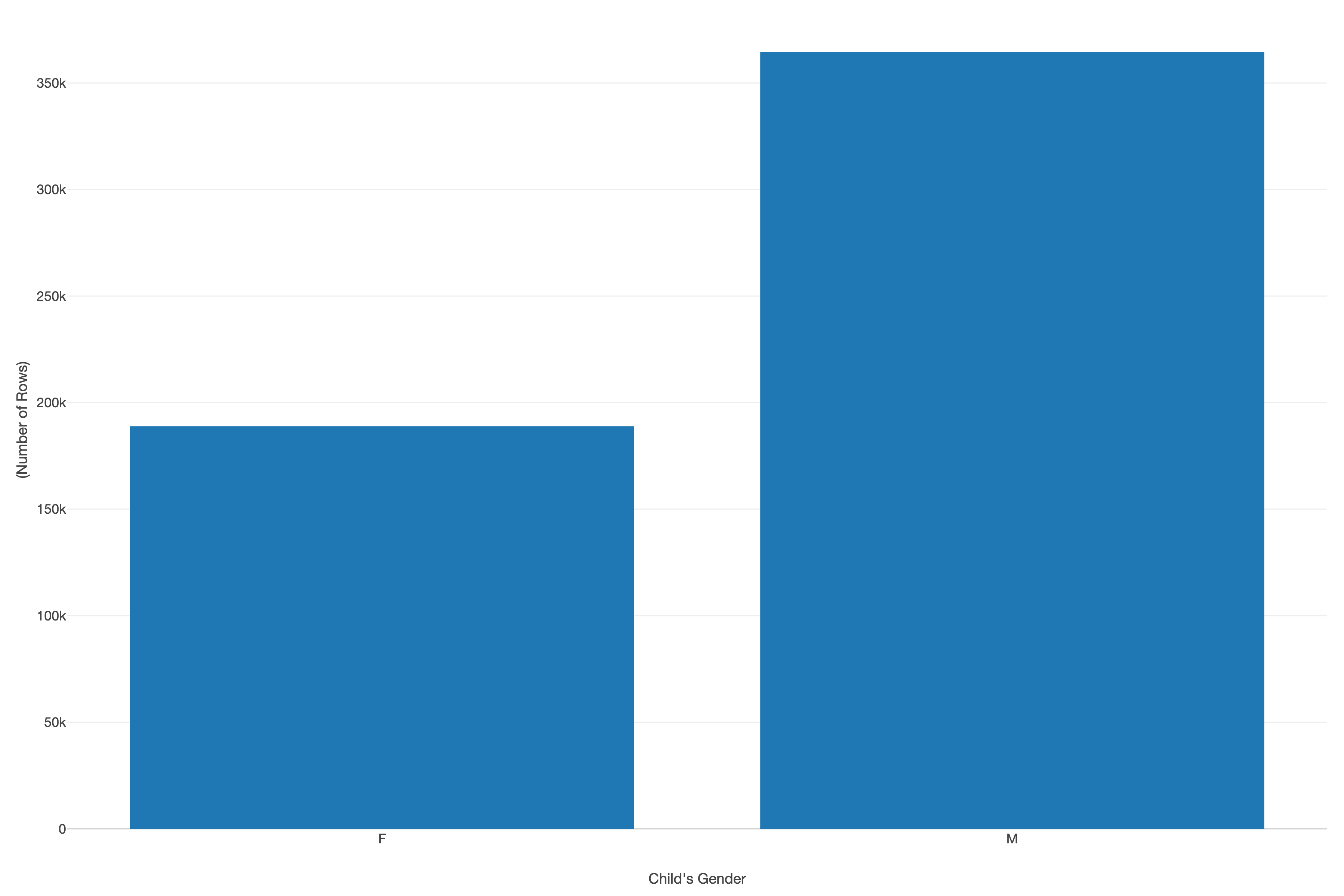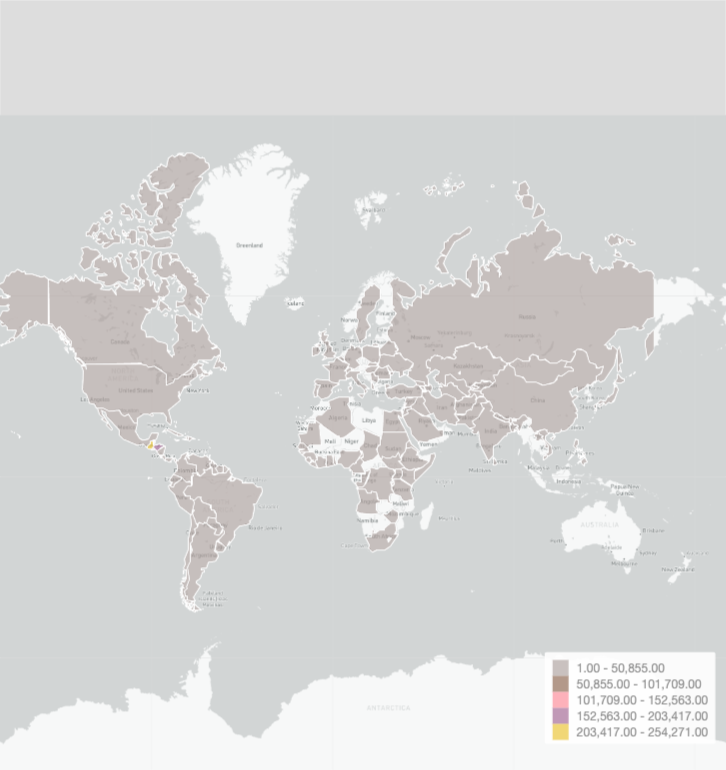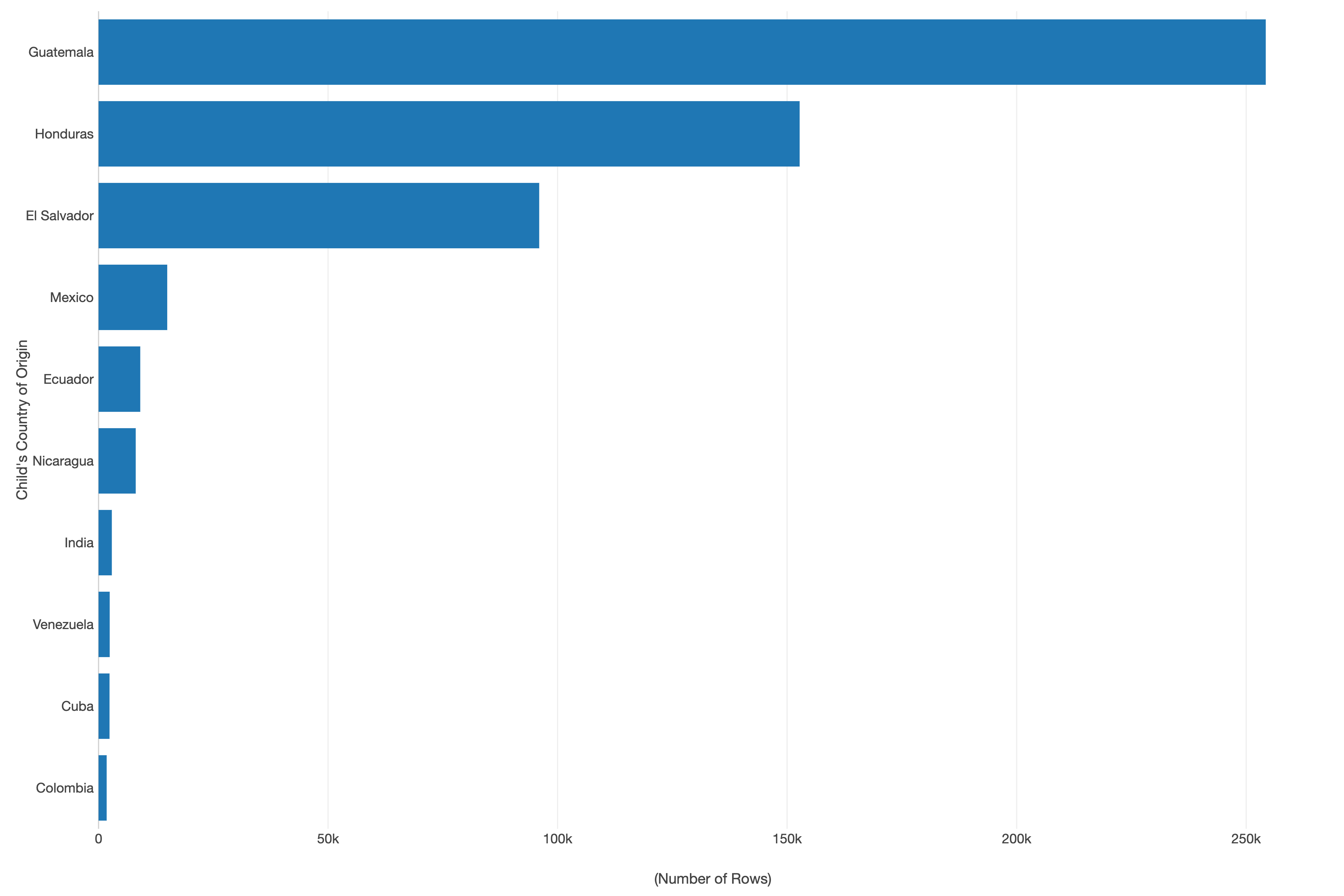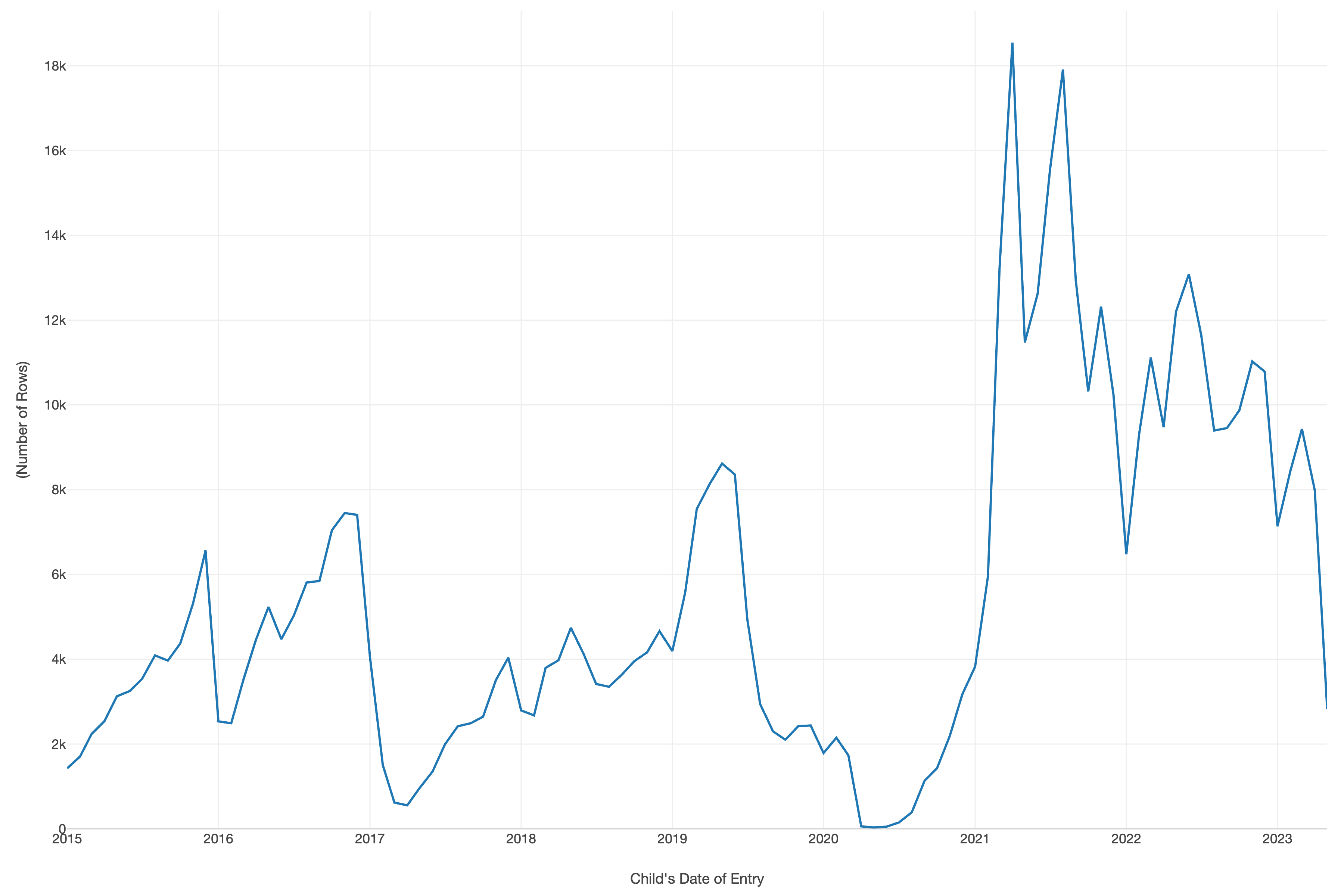Exploratory Analysis of Unaccompanied Migrant Children Data
In 2023, the New York Times released data about the number of unaccompanied migrant children who have crossed into the United States. The U.S. Department of Human Health and Services keeps this data, and the NYT gained access to it through the Freedom of Information Act. Conditions for these children are often dire, with many facing violence, abuse, and poverty. As the newspaper notes, Americans have used these children to build roofs and work the night shift of dangerous jobs. Frequently, federal agencies ignored numerous warnings about the exploitation of these children.
The release of the dataset shows just how dire the conditions are for many of these children. From a quick glance online, it does not seem that many individuals are looking at the dataset in any detail. Consequently, I decided to dive deeper into the dataset to uncover insights and trends about these children. What countries do they come from? What areas of the country are most statistically likely to receive them? How has the number of children changed over time? What are some predictors that increase the number of days unaccompanied children spend in U.S. custody?
Breakdown of Gender

Breaking down the data by gender, we can see that the majority of unaccompanied migrant children are male. This gender disparity raises questions about the factors driving more boys to make the dangerous journey alone. Economic pressures and societal expectations could be playing a role in pushing more boys to seek opportunities abroad.
Country of Origin

The choropleth map depicts the country of origin for each unaccompanied migrant child. The map uses a color gradient, with darker shades representing more children originating from those countries. The visual representation allows us to identify these vulnerable children’s primary sources quickly. Guatemala, Honduras, and El Salvador stand out as the darkest shades on the map, indicating that they are the countries from which the majority of unaccompanied migrant children originate. This finding highlights the dire conditions and instability plaguing these Central American nations.
The bar chart below shows that most of the top ten countries are in Central or South America. One noticeable exception is India. While seventh on the list, the journey of unaccompanied children from India raises the need for a more comprehensive global examination of the factors driving children to undertake such dangerous journeys.

Date of Entry and Release
